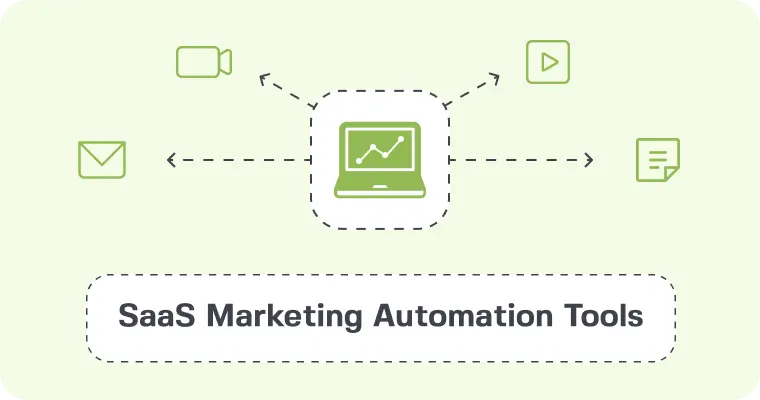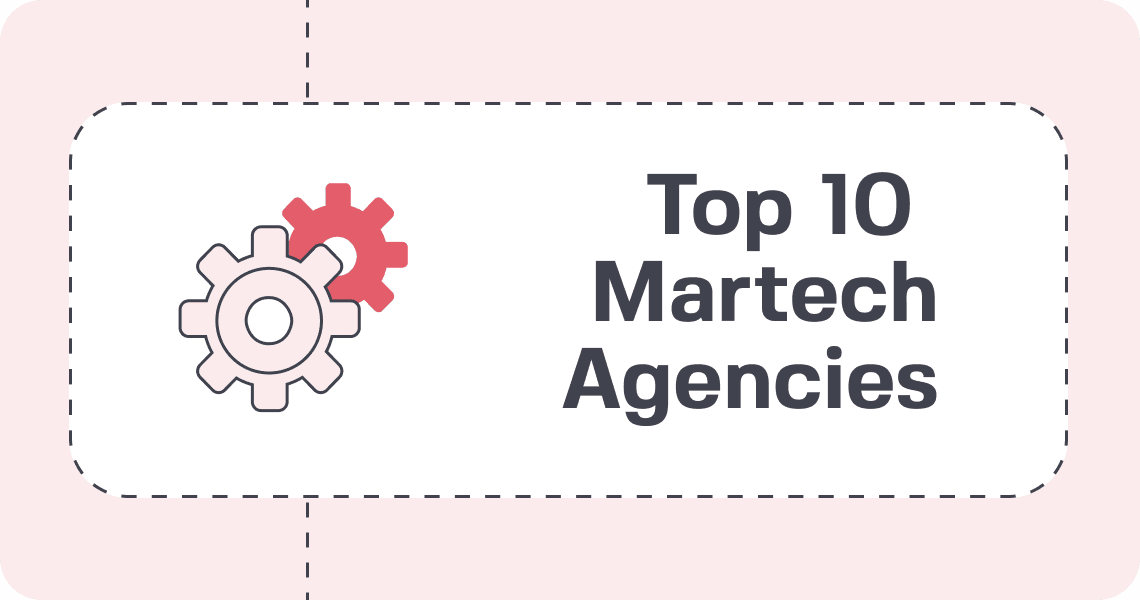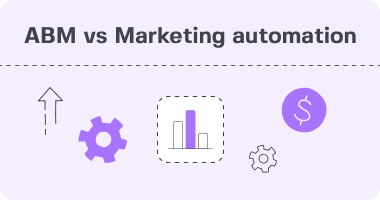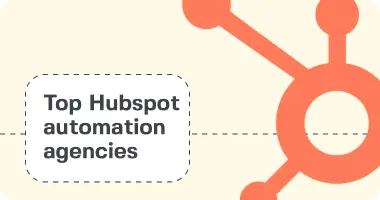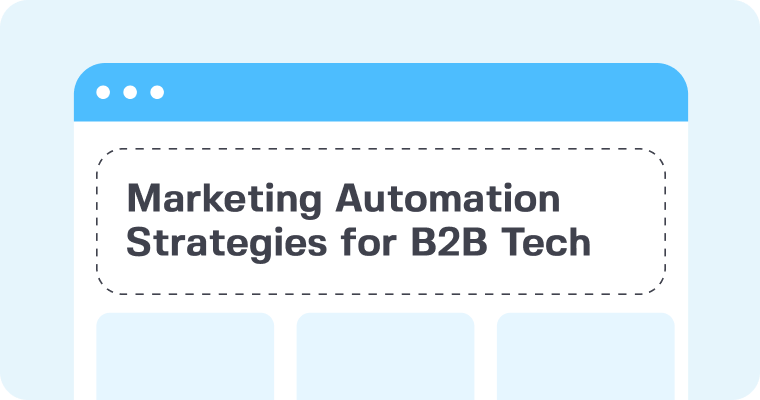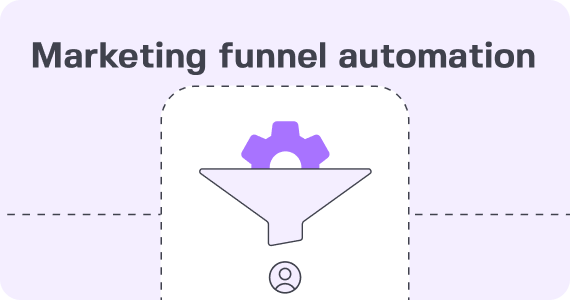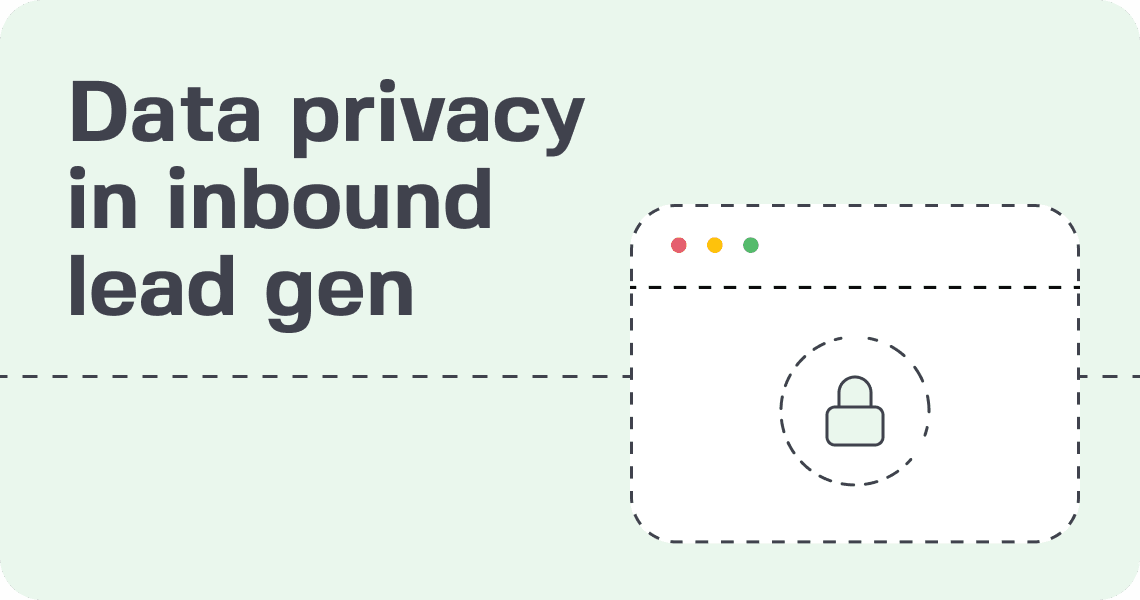In today’s B2B landscape, efficiency is more than a nice-to-have—it’s the backbone of growth. Marketing automation has become the secret weapon of high-performing enterprises, delivering not just productivity but real, trackable ROI. With the right strategy, tools, and measurement methods, automation can move the needle on everything from pipeline velocity to bottom-line revenue.
But here’s the catch: you can’t optimize what you don’t measure.
This guide will show you exactly how to quantify the financial, operational, and strategic value of your marketing automation efforts—so you can prove it’s not just working, but working for the business.
What Is Marketing Automation ROI?
Marketing Automation ROI is the return on investment gained from using software to automate repetitive marketing tasks—like email nurturing, lead scoring, campaign segmentation, and performance tracking. Companies realize an average return of $5.44 for every $1 invested in marketing automation, highlighting its significant financial benefits.
In B2B enterprise environments, automation ROI ties directly to:
- Revenue growth
- Customer acquisition cost (CAC) reduction
- Sales cycle acceleration
- Improved lead quality and conversion rates
- Operational efficiency
By reducing manual effort and optimizing resource allocation, B2B marketing automation delivers significant cost savings. Automation also helps optimize marketing spend and maximize marketing investments by analyzing campaign data, improving ad placement, and enhancing overall campaign effectiveness and ROI. Most companies recover the cost of marketing automation investment in under 6 months, making it a highly efficient solution for sustained business growth.
Why It Matters for C-Level Leaders
Automation isn’t just about saving time—it’s a scalable growth enabler. Marketing automation helps enhance customer engagement and streamline processes, making it easier to deliver personalized experiences at scale. Automating simple tasks saves costs and improves efficiency by allowing teams to focus on high-value activities. When done right, it helps you:
- Shorten time-to-revenue
- Align marketing and sales efforts through unified data and automation, improving communication and lead management
- Leverage marketing automation to personalize outreach at scale without adding headcount, which is key to marketing success and maximizing ROI
- Increase Marketing Qualified Leads (MQLs) and reduce pipeline leakage
A Practical Guide to Measuring Automation Impact
Here’s a step-by-step C-level friendly approach to evaluating marketing automation ROI. Having a clear automation strategy and well-defined marketing strategies is essential to guide accurate measurement and ensure your efforts are aligned with business goals. Selecting the right automation tools supports data driven decision making and helps optimize campaigns for better ROI.
Step 1: Set Clear KPIs Before You Launch or Audit
Start by identifying what business outcomes matter most. Tracking performance metrics and campaign performance using campaign data is essential for understanding the effectiveness of your marketing efforts. Leveraging customer data and data analysis helps set meaningful KPIs and accurately measure progress toward your goals. Typical KPIs:
| Category | Key Metrics |
| Revenue Impact | Pipeline influenced, revenue attributed, average deal size |
| Lead Management | MQL to SQL conversion rate, lead velocity, cost per MQL |
| Operational Efficiency | Campaign execution time, team bandwidth, reduced errors |
| Customer Engagement | Email open/click rates, content interaction, demo sign-ups |
Step 2: Map the Funnel & Define Attribution Logic
Understand your full funnel—from anonymous visitor to closed-won deal—by mapping the sales funnel and customer journey to see how automation influences each stage. Use multi-touch attribution models (linear, U-shaped, or time decay) to credit automation with influencing deals. Leverage automated workflows to deliver targeted campaigns across multiple channels, improving attribution accuracy and ensuring personalized engagement throughout the customer journey. Automated workflows can also help with lead scoring and segmentation to ensure that messages are sent to the right audience at the right time.
Tools: HubSpot, Marketo, Salesforce, Pardot
Step 3: Calculate ROI and Customer Lifetime Value in Financial Terms
To calculate marketing automation ROI, use this formula to quantify the net returns and costs associated with your marketing automation system, tool, or solution:
ROI = [(Revenue Attributed to Automation – Cost of Automation) / Cost of Automation] × 100
Measuring ROI with marketing automation is essential for understanding the profitability and cost-effectiveness of your automation strategies.
Example:
- Attributed revenue: $2,000,000
- Automation platform + services: $250,000
- ROI = [(2,000,000 – 250,000) / 250,000] × 100 = 700%
In this example, different marketing automation solutions, systems, and tools—such as CRM automation, drip campaigns, and social media automation—can all contribute to the attributed revenue and costs, directly impacting how you calculate marketing automation ROI.
Step 4: Track Time Savings and Human Efficiency
Time saved = money earned.
Automation software and automation platforms are designed to automate tasks, such as email campaigns, social media posting, and lead management. By reducing the burden of repetitive tasks, these tools significantly increase efficiency and allow marketing teams to focus on higher-value activities.
Document reductions in manual work:
- How long did it take to create a lead nurturing campaign manually vs. using automation
- Number of campaigns executed per quarter pre- vs. post-automation
Then, calculate the FTE hours saved and link them to salary costs.
Step 5: Evaluate Sales and Marketing Alignment Gains
Measure:
- Lead handoff speed
- Time from MQL to SQL
- Quality of CRM data
Automation improves collaboration between the marketing team and sales team, enhancing both sales efforts and marketing efforts by streamlining communication and data sharing. Look at how automation improved cross-functional processes (e.g., lead scoring driving better sales follow-up), and how aligning marketing and sales efforts leads to more effective engagement with existing customers and higher conversion rates for paying customers.
Step 6: Use Dashboards, Marketing Automation Tools & Benchmarking
Dashboards should provide C-level summaries:
- Pipeline contribution from automated campaigns
- Campaign ROI by segment
- Quarterly comparison of lead-to-deal velocity
Leverage dashboards to gain data-driven insights and enable data-driven decision making, which help optimize campaigns and drive campaign optimization through real-time analysis and adjustments. Real-time insights from marketing automation tools facilitate data-driven decision-making to optimize campaigns and improve ROI. These practices are essential for achieving marketing success by continuously improving performance and maximizing ROI.
Benchmark against industry data or your own historical performance.
Sample ROI Dashboard Metrics for C-Level Review
| Metric | Before Automation | After Automation |
| Cost per Lead | $150 | $95 |
| Lead-to-MQL Rate | 22% | 36% |
| Avg. Time to SQL | 10 days | 5 days |
| MQL to Revenue | $850K | $2.1M |
| Marketing Team Output | 4 campaigns/month | 12 campaigns/month |
Marketing campaigns, including email campaigns and email marketing campaigns, are closely tracked for campaign performance using advanced analytics. Marketing platforms help centralize campaign performance data, making it easier to monitor and optimize both email marketing and broader marketing campaigns. Social media platforms play a key role in measuring marketing output, with social media posts and social media engagement providing valuable insights into audience interaction and reach. Additional metrics such as customer lifetime value, customer lifetime, and customer feedback are also reviewed at the C-level to assess long-term customer relationships and overall business growth.
Final Takeaway
At 42DM, we know that marketing automation isn’t just a tool—it’s a revenue engine. But to truly drive growth, automation needs to be connected to strategy, powered by the right tech stack, and measured by the metrics that matter to your business.
MarTech services help B2B tech companies go beyond clicks and opens to build measurable, scalable marketing engines—from lead gen and nurturing to full-funnel reporting. Whether you’re looking to improve ROI, align marketing with sales, or scale faster without growing headcount, our team brings the expertise, systems, and insight to make it happen.
Let’s turn your marketing automation into a growth machine.
Talk to our experts and discover how 42DM can help you unlock ROI at every stage of the funnel.


